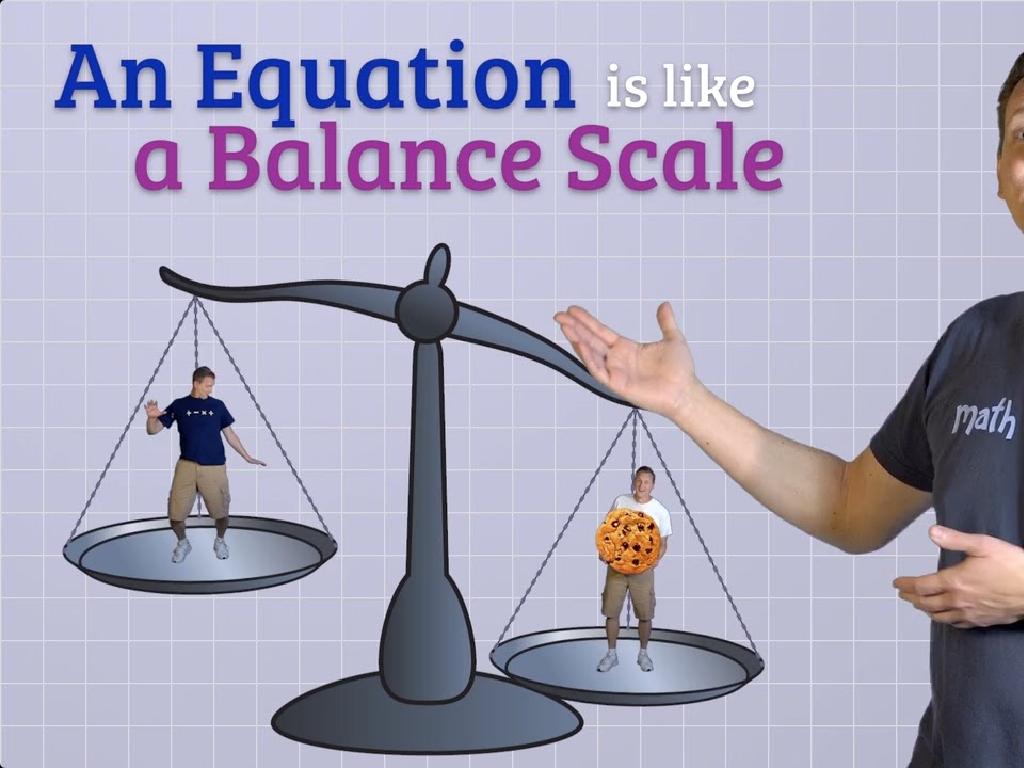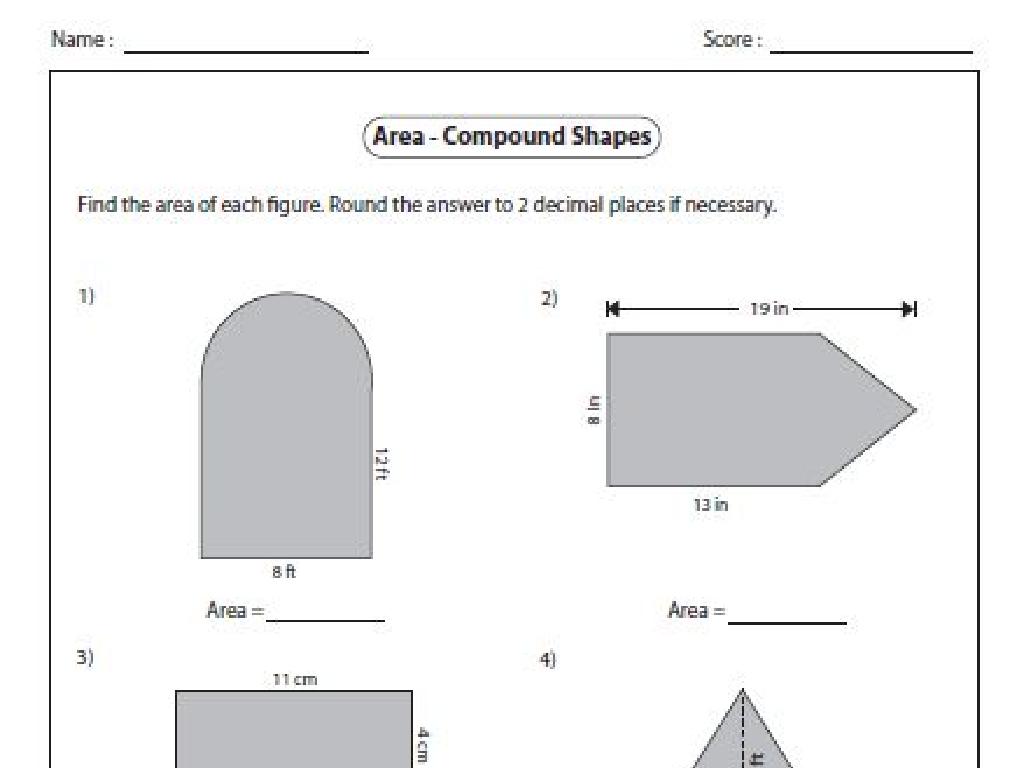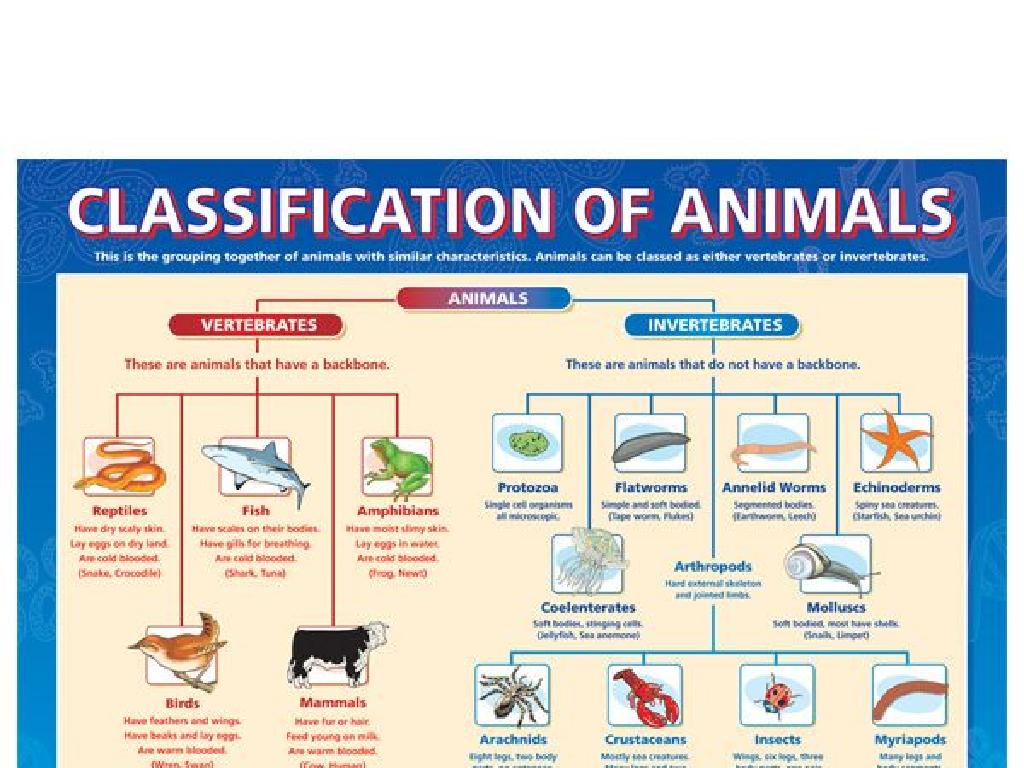Label Earth Layers
Subject: Science
Grade: Eighth grade
Topic: Earth'S Features
Please LOG IN to download the presentation. Access is available to registered users only.
View More Content
Exploring Earth’s Layers
– Earth’s structural composition
– Earth is made up of distinct layers, each with unique properties.
– Overview of Earth’s layers
– Core, mantle, crust are the main layers; each plays a role in Earth’s functionality.
– Significance of studying layers
– Knowledge of layers helps in understanding earthquakes, volcanoes, and more.
– Impact on geological science
– Understanding Earth’s structure is crucial for advancements in geology.
|
This slide introduces students to the concept of Earth’s layers as part of the larger topic of Earth’s features. It’s essential to convey that Earth is not a uniform sphere but is composed of several layers, each with its own characteristics and functions. The core, mantle, and crust are the primary layers, and understanding these helps explain many of the geological phenomena we observe, such as tectonic movements, volcanic activity, and the creation of mountains. Emphasize the importance of this knowledge in fields like geology, seismology, and environmental science. Encourage students to think about how these layers might interact with each other and what that means for life on the surface.
Exploring Earth’s Layers
– Overview of Earth’s layers
– The Crust: Earth’s outer skin
– The thin, solid outermost layer we live on
– The Mantle: Beneath the crust
– A thick, semi-solid layer with convection currents
– The Core: Outer and inner sections
– Consists of a liquid outer core and solid inner core
|
This slide provides a structured look into the composition of our planet, starting from the very surface down to the core. The crust is the layer we are most familiar with, as it forms the continents and ocean floors. Beneath this is the mantle, which is much thicker and contains silicate rocks that are semi-solid, allowing for slow movement. The core is divided into two parts: the liquid outer core, which is responsible for Earth’s magnetic field, and the solid inner core, made primarily of iron and nickel. Understanding the structure of the Earth is crucial for comprehending phenomena such as volcanoes, earthquakes, and plate tectonics. Encourage students to think about how these layers interact and the importance of each layer in supporting life on Earth.
Exploring Earth’s Crust
– Earth’s crust characteristics
– The outermost layer, thin and solid
– Oceanic vs. Continental crust
– Oceanic: dense and thin, Continental: thicker and less dense
– Crust’s role in Earth’s features
– Supports life, landscapes, and tectonic activity
|
The crust is the outermost layer of the Earth, characterized by a thin, solid composition that varies in thickness. There are two types of crust: oceanic and continental. Oceanic crust is found under oceans, is denser, and thinner than continental crust, which makes up the continents and is thicker but less dense. The crust plays a crucial role in supporting life, forming landscapes, and facilitating plate tectonics, which in turn influence Earth’s features such as mountains, valleys, and volcanoes. Encourage students to think about how the different types of crust contribute to the surface features we see on Earth.
Exploring Earth’s Mantle
– Mantle’s composition
– Primarily made of silicate rocks rich in magnesium and iron
– Mantle movement and effects
– Drives tectonic plates, leading to earthquakes and volcanoes
– Convection currents role
– Heat from Earth’s core creates these currents, moving the mantle
– Impact on Earth’s features
– Convection influences the formation of mountains and ocean trenches
|
The mantle is a crucial layer of the Earth, composed mainly of silicate rocks and extending from the crust to the outer core. Its movement is responsible for significant geological activities, such as the movement of tectonic plates, which can result in earthquakes and volcanic eruptions. Convection currents within the mantle are driven by the heat from the Earth’s core and are a key force in the movement of the mantle. These currents have a profound impact on the Earth’s surface, contributing to the formation of various features such as mountains, ocean trenches, and islands. Understanding the mantle’s dynamics is essential for comprehending the Earth’s geology and the processes that shape its surface.
The Earth’s Core: A Deep Dive
– Outer core vs. Inner core
– Outer core is liquid, inner core is solid due to immense pressure
– Core’s metallic composition
– Composed mainly of iron and nickel, generating Earth’s magnetic field
– Core’s role in Earth’s magnetism
– Movement of molten metal in the outer core creates the magnetic field
– Understanding core’s significance
|
This slide aims to explain the structure and composition of Earth’s core and its impact on Earth’s magnetic field. The core is divided into two parts: the outer core, which is in a liquid state, and the inner core, which is solid. The immense pressure at the Earth’s center causes the inner core to solidify despite high temperatures. Both layers are primarily made up of iron and nickel, which are metallic elements. The convection currents in the liquid outer core, combined with Earth’s rotation, generate the magnetic field that protects the planet from solar winds and cosmic radiation. Understanding the core’s properties helps explain phenomena such as geomagnetism and aids in the study of plate tectonics and earthquake genesis.
Exploring Earth’s Layers
– Identify Earth’s layers
– Crust, mantle, outer core, inner core
– Discuss layer properties
– Varying temperatures, densities, and compositions
– Significance of each layer
– Each layer’s role in Earth’s structure and processes
– Earth’s composition and dynamics
|
This slide aims to introduce students to the complex structure of our planet by identifying and labeling the Earth’s layers. Start with the crust, the outermost layer where we live, and proceed inward to the mantle, outer core, and inner core, discussing the unique properties of each, such as temperature, density, and composition. Emphasize the significance of each layer in terms of its contribution to the overall function and dynamics of Earth, including tectonic activity, magnetic field generation, and heat distribution. Encourage students to think about how these layers interact with each other and the surface, influencing the environment and life on Earth.
Earth’s Layers and Plate Tectonics
– Relationship between Earth’s layers and tectonic plates
– Tectonic plates rest on the semi-fluid upper mantle, allowing them to move
– Mantle’s role in plate movement
– The mantle’s convection currents drive the plates’ movement across the globe
– Types of plate boundaries
– Divergent, convergent, and transform are the main types of boundaries
– Features of different boundaries
– Mountains form at convergent, rift valleys at divergent, and earthquakes along transform
|
This slide aims to explain the connection between Earth’s internal structure and the movement of tectonic plates. Emphasize that the lithosphere, which includes the crust and the uppermost mantle, is broken into tectonic plates. These plates float on the asthenosphere, a more ductile layer of the mantle with convection currents that facilitate plate movement. Discuss the three main types of plate boundaries: divergent (where plates move apart), convergent (where they come together), and transform (where they slide past one another). Provide examples such as the formation of the Himalayas at a convergent boundary, the Mid-Atlantic Ridge at a divergent boundary, and the San Andreas Fault at a transform boundary. Encourage students to think about how these large-scale geological processes can lead to the formation of significant Earth features.
Class Activity: Labeling Earth’s Layers
– Distribute Earth’s layers worksheet
– Label each layer and note a fact
– For example, the crust is the outermost layer; the mantle has convection currents.
– Class discussion on the layers
– Address and correct misconceptions
|
Provide each student with a worksheet that includes a diagram of the Earth’s layers. Instruct them to label each layer: crust, mantle, outer core, and inner core. They should also write an interesting fact about each layer, such as its composition or its role in plate tectonics. After the labeling activity, facilitate a class discussion to share the facts students have written and to clarify any misunderstandings. This will help reinforce their knowledge of Earth’s structure. Possible activities: 1) Pair students to compare their worksheets before the class discussion. 2) Create a game where students match facts to the correct layer. 3) Have students draw their own diagram from memory after the activity. 4) Use a 3D model of Earth to visualize the layers. 5) Encourage students to research more about one layer for homework.
Conclusion: Earth’s Layers & Their Importance
– Recap of Earth’s layers
– We reviewed crust, mantle, outer core, and inner core.
– Significance in science
– Understanding layers helps in studying earthquakes, volcanoes, and more.
– Introduction to Plate Tectonics
– Plate Tectonics: Earth’s surface is moving!
– Engage with upcoming lessons
|
As we conclude today’s lesson, it’s important to review the structure of Earth’s layers: the crust, mantle, outer core, and inner core. Emphasize the relevance of this knowledge in various scientific fields such as geology, seismology, and environmental science. Understanding the composition and characteristics of these layers is crucial for comprehending phenomena like earthquakes and volcanic activity. Preview the next topic, Plate Tectonics, by explaining that the Earth’s surface is dynamic and constantly moving, which will be explored in more detail in upcoming lessons. Encourage students to think about how the movement of tectonic plates might relate to the layers they’ve learned about today.






